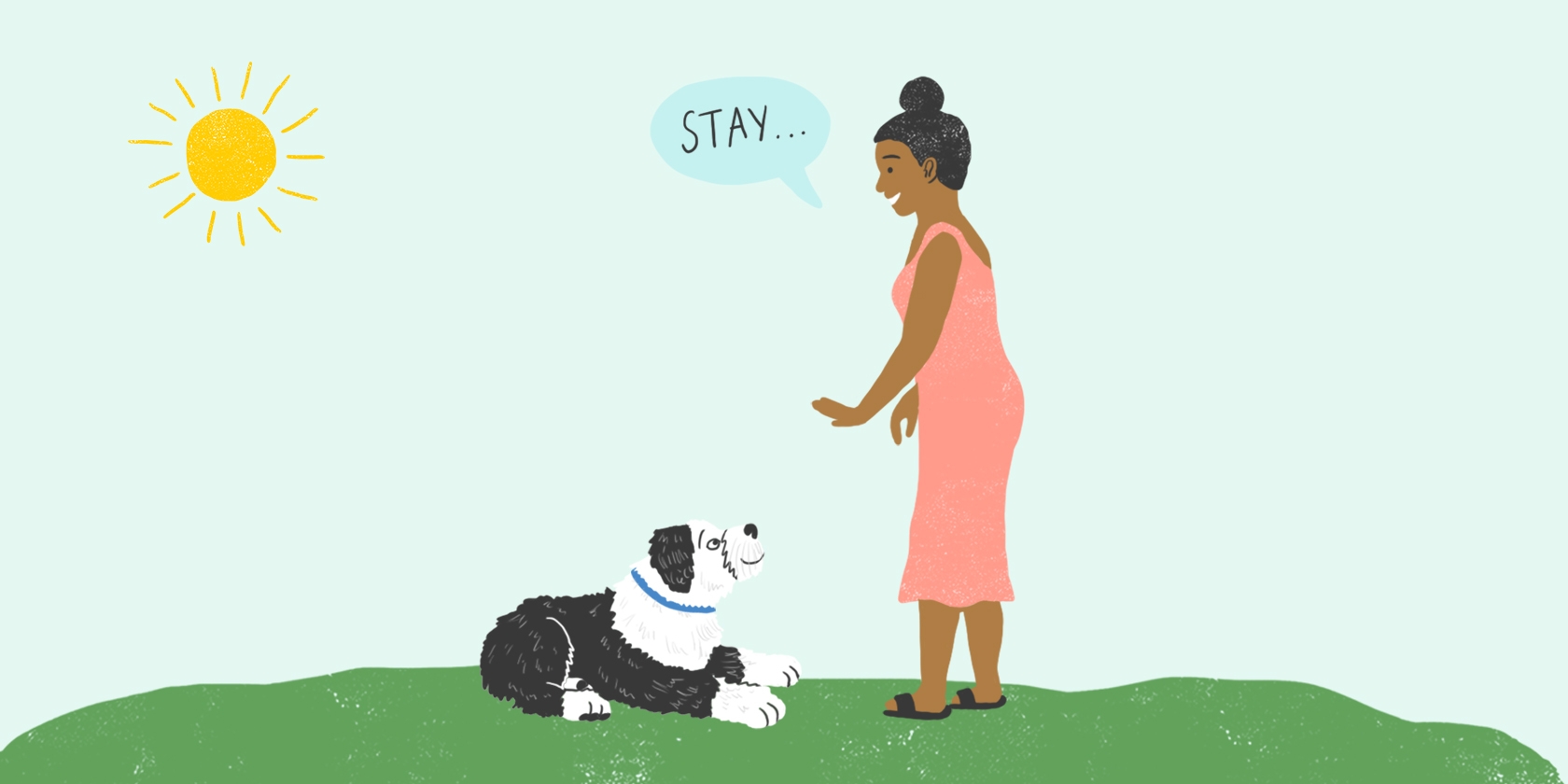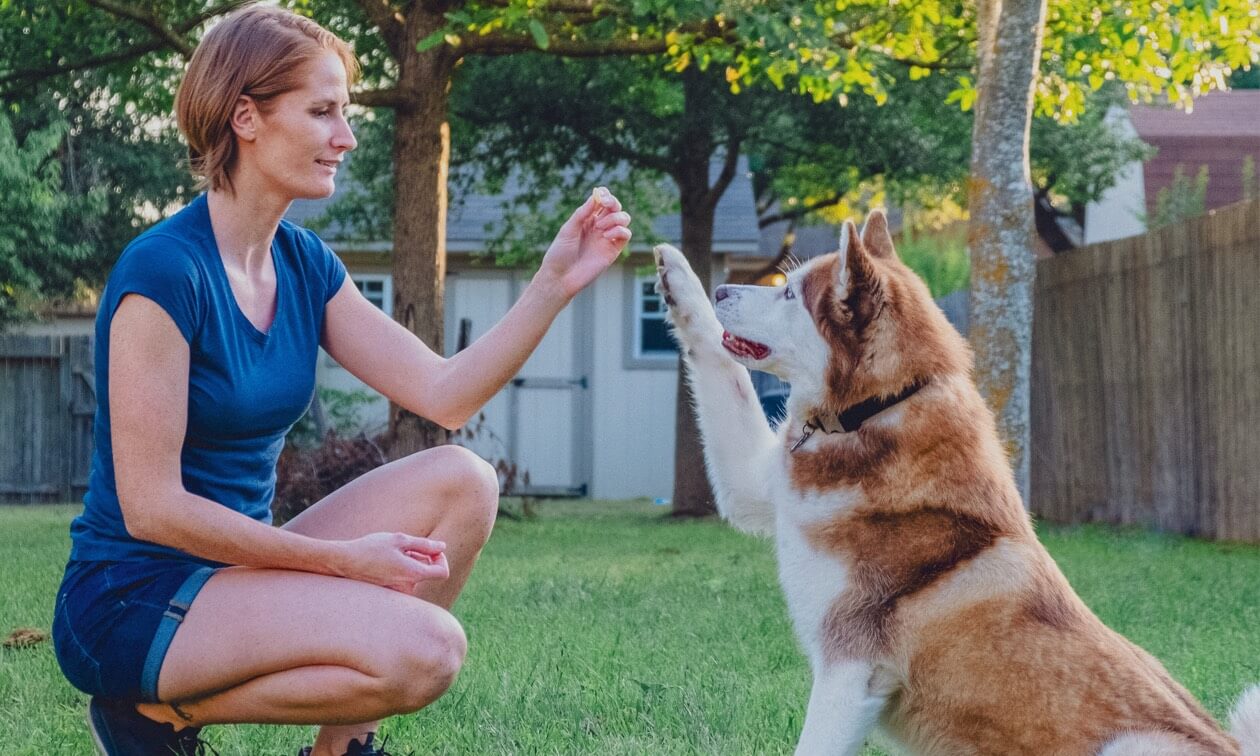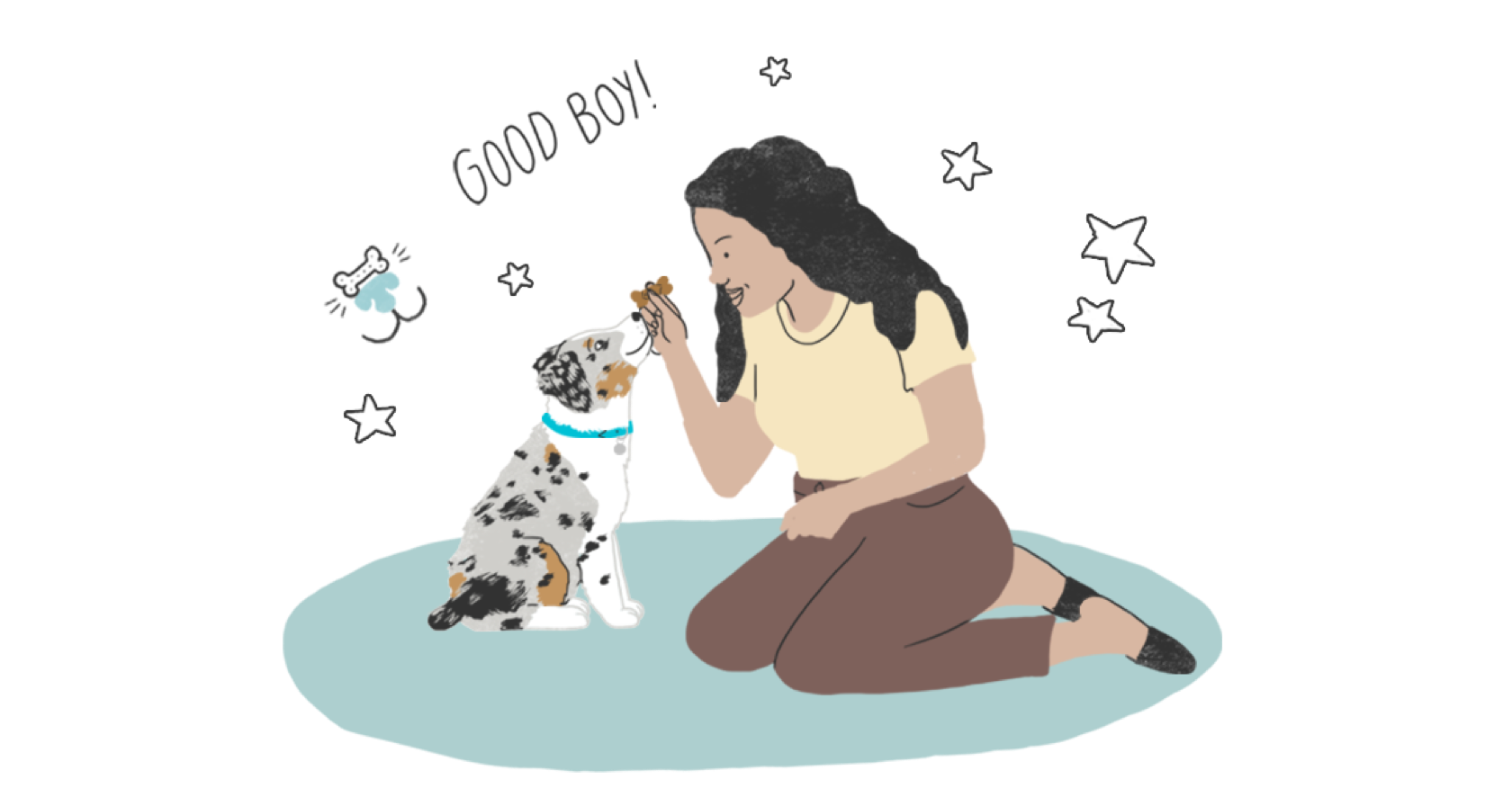Training your pet can feel a bit confusing with all the different terms thrown around. Over a century of scientific studies have created a wealth of information regarding animal behavior. Luckily, you don’t need a Ph.D. to understand and use positive reinforcement when training your dog or cat.
What is Positive Reinforcement Training?
Positive reinforcement is a training method used to train dogs, cats, reptiles, marine mammals, and more. Positive reinforcement is used extensively with humans as well — ever get a bonus for a job well done? That’s positive reinforcement.
Positive reinforcement simply means the learner receives something they like when they perform a specific behavior. If you do this, you get something you enjoy. This often works because a behavior that’s rewarded is more likely to be repeated.
Some basic examples of positive reinforcement:
- Your dog or cat sits, they get your attention.
- Your dog or cat comes back to you when called, you give them a treat.
- Your dog or cat brings their fetch toy back to you, you throw it for them to chase again.
In each example, your pet gets something they want (attention, treats, play) as a reward or reinforcer for a behavior you want (sitting, coming when called, bringing the toy). As a result, your pet is learning, “Hey, if I do X, I get something great! I’m going to do X more often.”

Training Your Pet with Positive Reinforcement
Positive reinforcement dog training and cat training can be very successful and can help you bond with your pet. Positive reinforcement only works if a dog or cat finds the reward valuable enough. Food is typically the most powerful reinforcement you can use, but other rewards, like toys, play, attention, petting, and praise, can work if your pet finds them valuable enough.
It’s important to first show your pet what you want in certain situations, like sitting for attention instead of jumping, before expecting them to just do it. Look for opportunities to capture your dog or cat naturally doing the behavior you want and then provide a reward.
For example, you can capture moments when your dog pays attention to you while on a leashed walk. When you’re out with your dog, and they turn to briefly look at you, reward them with a treat. Wait for instances when they check in with you on their own and reinforce. You’ll notice that your dog will start checking in with you more often because they’ve learned that this behavior pays well.
Another example: your two cats aren’t getting along, and they often hiss or look anxious when walking past each other in the hall. Look for those times when they pass each other without a negative response and provide a reward. They’ll start to make the connection that when they pass each other and nothing happens, they get something they love.
Be consistent in reinforcing any behavior you like and want to see more of from your dog or cat. Practice teaching them new behaviors when there are no distractions around before expecting them to do them in new places or with different people. You’ll be surprised at how quickly they catch on. The magic really happens when you see your pet start to make good choices in a variety of situations based on your positive reinforcement training.
Why Positive Reinforcement Is Recommended Over Other Training Methods
Positive reinforcement is part of the Operant Conditioning Theory, developed by psychologist B.F. Skinner in the 1930’s. Within operant conditioning, there are four quadrants.
We’ve already talked about positive reinforcement, meaning something is added to make a behavior increase. But let’s look at some examples of the rest of the quadrants.
Positive Punishment: Something is added to make a behavior decrease.
- When a dog barks, they receive a shock collar correction.
- When a cat knocks something off the shelf, you clap loudly to startle them.
- When a dog pulls on the leash, they receive a jerk on the collar.
- When a cat vocalizes, they receive a squirt from a water bottle.
Negative Reinforcement: Something is removed to make a behavior increase.
- When a dog is asked to sit, and the handler pulls up on the collar, applying uncomfortable pressure to the dog’s neck, only releasing that pressure when the dog sits.
- When a cat jumps on the counter and is exposed to a shock from a mat until they jump off the counter. Getting or staying off the counter behavior is increased by removing the negative stimulus of the shock.
Positive punishment and negative reinforcement rely on the use of aversives and only work if the dog or cat finds it unpleasant or painful enough that they want to avoid it in the future. These two methods can create negative associations, increased fear, anxiety, and aggression as a response to discomfort or pain.
You can see why the consensus of most animal behavior professionals is that it’s best to focus on positive reinforcement. Learning should be fun for both the learner and the teacher. By using force, pain, discomfort, or intimidation, the relationship between you and your pet can be irreparably damaged.
Positive reinforcement training doesn’t mean permissive, however. There is a way to make it clear to your pet that certain behaviors don’t work, and they should stop doing them. You can pair positive reinforcement with negative punishment. In this case, “negative” simply means removing something. This is the last of the four quadrants.
Negative Punishment: Something is removed to make a behavior decrease.
When a dog jumps on someone, you turn and walk away from them.
When a cat displays play aggression and bites during play, you immediately stop the play session.
Negative punishment can be useful in situations like the examples above. You’re simply taking away the thing your pet would like (attention, play, walking) momentarily until they stop the unwanted behavior (jumping, biting, pulling). But it won’t work effectively unless you’re also using positive reinforcement, since your pet needs to know what does work to get what they want.
ZPC-01959R1



